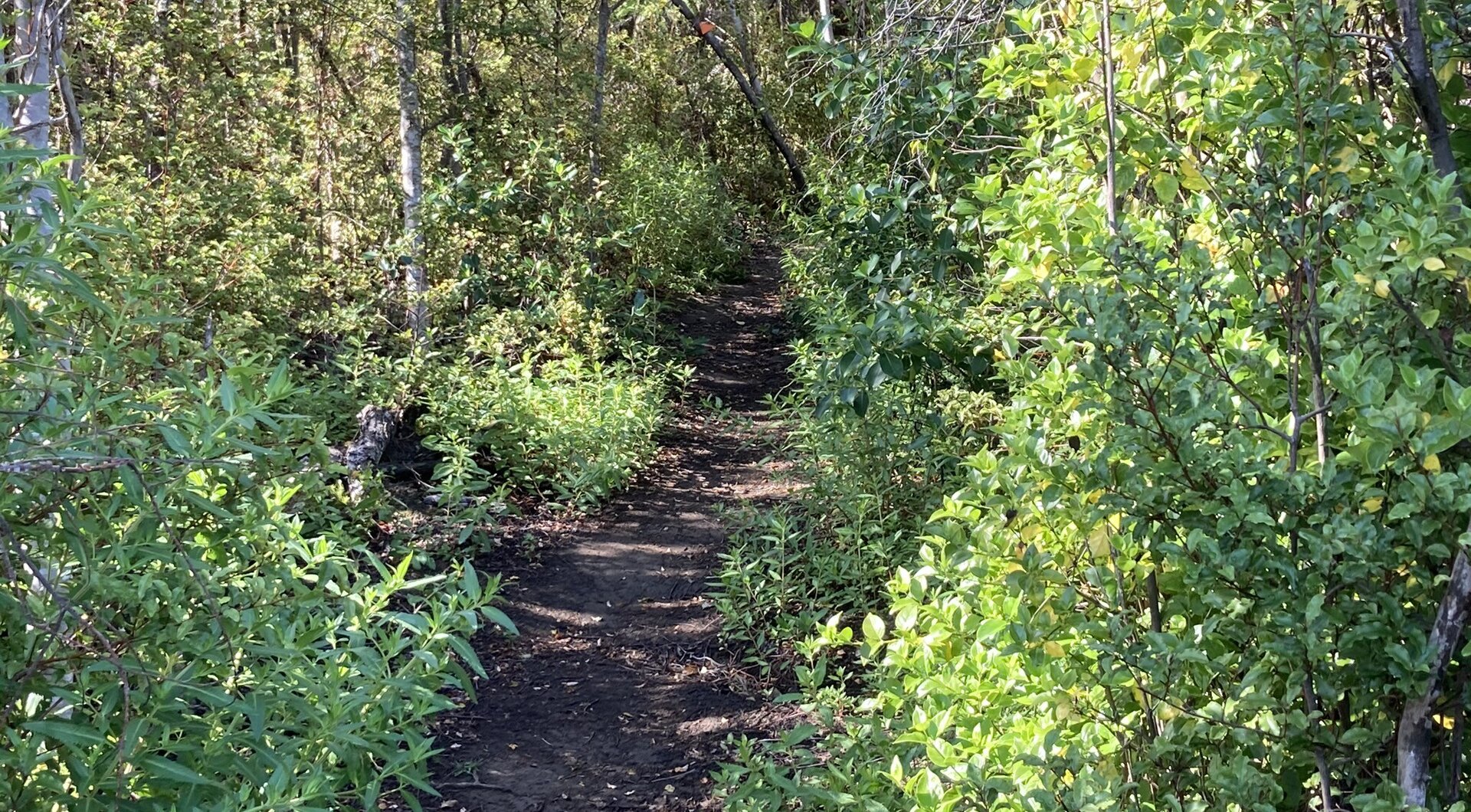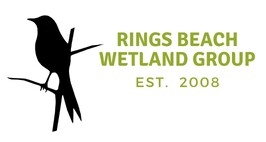A community group tackling wilding pines at Rings Beach, on the Coromandel Peninsula, has been given a $90,000 funding boost by Waikato Regional Council.
The decision was made yesterday by the council’s finance committee, with the money coming from the natural heritage fund established to preserve native plants and animals, threatened ecosystems, outstanding landscapes and the natural character of waterways and the coast.
Wilding pine infestations on pastoral farms can decrease production. Threatened habitats and species can be displaced by wilding pines, and they reduce the stream water yield in flow sensitive catchments. Activities like mountain biking, horse riding and tramping can be impacted, and wilding pines also increase the risk of fire spreading. But the real threat for the Coromandel Peninsula is to coastal cliffs, dunes and regenerating forest.
“That’s why it’s so great to see volunteers, like those involved in the Rings Beach Wetland Group, getting stuck in to protect the natural character of this area,” said committee member and Coromandel constituency councillor, Dal Minogue.
The group – a subcommittee of the Coromandel Peninsula Coastal Walkways Society – successfully applied to the council for a three year grant of $90,543. It will be provided in instalments and used to help control wilding pines, as well as augment an existing trap network for possums, rats, mustelids and cats for a 270 hectare block of regenerating forest, including 4 hectares of wetland at Rings Beach.
The committee was told by Ian Patrick, the group’s secretary, that previous funding from the regional council and other organisations had helped them make “some very good progress already”.
“We’re doing it in a staged way to promote the growth of new plantings, which are providing a good food source for the native birds returning to the area. Our aim is to restore the area to the way it would have been prior to the arrival of pioneers,” Mr Patrick said.
Since the project began in 2008 it has had up to $260,000 through grants and donations from the public and local organisations. “While looking a bit untidy initially, the growth of native trees is truly dramatic and within a few years fallen pines will virtually disappear under the new growth.”
There are native species of conifers – kauri and kahikatea – that dominate rainforests and some shrublands. There are also introduced conifers, which include pines, firs and spruces. In the right place and when deliberately planted, conifers offer shelter and opportunities for recreation and income.
The term wilding in relation to conifers is used when a non-native conifer tree establishes by natural means or has not been purposefully planted. Left unchecked, they’ll infest farmland, native ecosystems and water catchments.
Wind-dispersed seed is the most common reason for their spread, and unplanned and unmanaged wilding trees will grow much faster than native species, thereby restricting sunlight and absorbing much of the available water.


